Surgical Excision
Understanding Surgical Excision at the Center for Surgical Dermatology & Dermatology Associates
Surgical excision is a procedure used to remove various skin concerns by cutting away the affected area along with a margin of healthy tissue surrounding it. This margin is crucial as it ensures that all cancer cells, which may have spread into the surrounding tissue, are completely eliminated. By excising both the lesion and a portion of the adjacent healthy tissue, we aim to achieve thorough removal and reduce the risk of recurrence.
At the Center for Surgical Dermatology & Dermatology Associates, our expert surgeons are highly skilled in performing surgical excisions with precision and care, ensuring optimal outcomes for your skin health. Schedule a consultation with our experienced team to learn more about how surgical excision can address your skin concerns effectively.
Examples of Surgical Excision
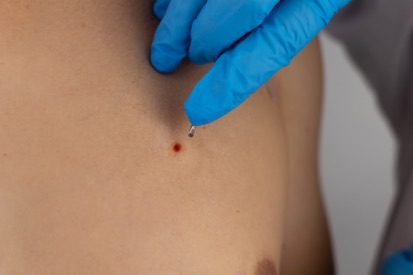
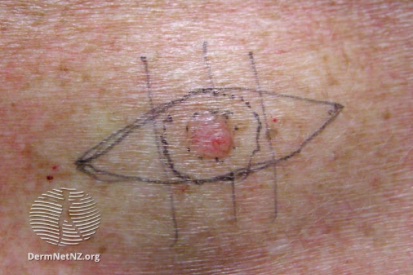
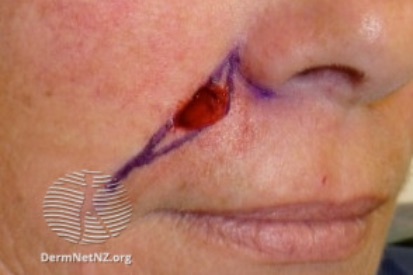
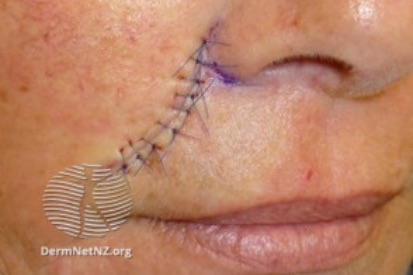
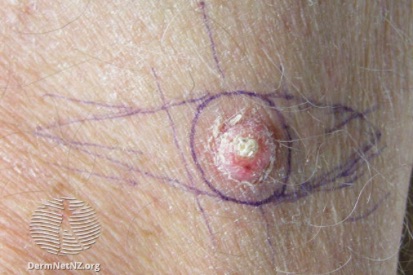
What is Surgical Excision?
The procedure, conducted under local anesthesia, entails a precise incision around the lesion to ensure complete removal with a margin of healthy tissue. Following excision, the incision is closed with stitches, and the extracted tissue is sent to a laboratory for analysis.
What are the Benefits of Surgical Excision
Offering immediate results and low recurrence rates, surgical excision addresses concerns promptly. Surgeons prioritize aesthetic outcomes by minimizing scarring, making it a reliable approach for the removal of growths with both diagnostic and therapeutic benefits.
How the Center for Surgical Dermatology & Dermatology Associates Can Help
Expert Excision Surgery for Aggressive Skin Cancer at the Center for Surgical Dermatology & Dermatology Associates
Our board-certified dermatologists often recommend excision surgery for more aggressive types of skin cancer, such as melanoma. This procedure involves surgically removing the cancerous lesion along with a margin of healthy tissue to ensure complete elimination of cancer cells and prevent recurrence.
At the Center for Surgical Dermatology & Dermatology Associates, our skilled surgeons perform excision surgery with precision and care, aiming for the best possible outcomes for your skin health. Trust our experienced team to provide comprehensive treatment and support throughout your journey. Schedule an appointment today to discuss how excision surgery can effectively address aggressive skin cancer and safeguard your health.
Surgical Excision FAQs
The excision surgery itself should not be painful, as your provider will likely numb the area with local anesthesia before the procedure. However, you may experience some swelling, soreness, or pain following the procedure. Your provider may recommend icing the area and taking pain medication to minimize any discomfort you may have.
Our dermatologists find that most excision wounds heal in about one to three weeks following the procedure. If a skin graft or flap was required to close the wound, the healing process may take up to two months to completely heal.
Yes, surgical excision often leaves a scar, which is typically the size of the incision. Before your procedure, talk to your doctor about how the scar may look and how to care for your incision after the procedure to minimize scarring.
What to Expect at Your Surgical Excision Appointment
The dermatologist will precisely remove the lesion, including a margin of healthy tissue, followed by closure with stitches. Postoperative care guidelines, including wound care and activity restrictions, will be provided, and follow-up appointments may be scheduled as needed. Throughout the appointment, the dermatologist prioritizes your comfort, information, and readiness for a successful surgical excision experience.
How to Prepare for Surgical Excision
Follow specific pre-procedure instructions from your dermatologist, which may include adjusting medications or skincare routines. Take the opportunity during the consultation to ask questions about the procedure and postoperative care.
Planning for Recovery after Surgical Excision
Featured Blogs

- General Dermatology
- Skin Care
- Chronic Skin Conditions
Hormonal acne can be a pesky skin problem for many. The only way to address this is by finding a hormonal acne treatment that works for you and your unique skin.
Read More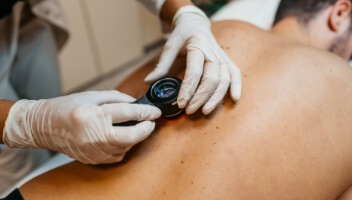
- Skin Cancer
- General Dermatology
- Skin Exams
- Sun Safety
If your dermatologist finds a suspicious mole during your TBSE, hey want to perform a skin biopsy.
Read More
- Skin Cancer
- Skin Exams
It’s time to face the facts: skin cancer can develop in individuals of all skin colors, including those with darker skin tones.
Read MoreFeatured Products
Check your local office for current stock!
Check your local office for current stock!
